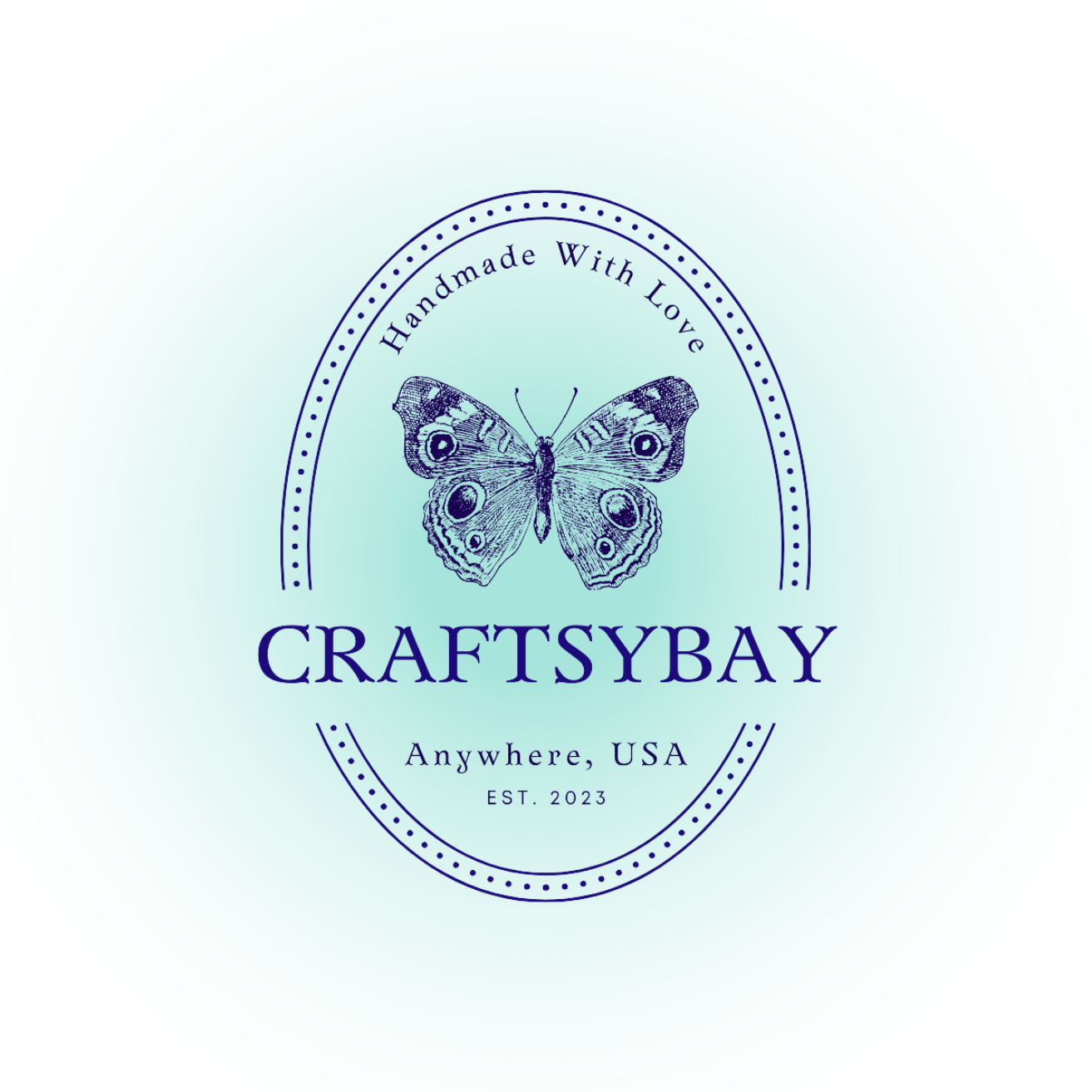The Art of Pricing Your Handmade Creations: A Guide for Artists

As an artist, setting the right price for your handmade creations can be a challenging and often daunting task. Pricing your artwork involves more than just covering the cost of materials—it requires careful consideration of factors such as time, skill, market demand, and perceived value. In this guide, we'll explore the art of pricing your handmade creations and provide tips to help you determine fair and profitable prices for your work.
1. Calculate Your Costs: Start by calculating the direct costs associated with creating your artwork, including materials, tools, and any other expenses incurred during the production process. Be sure to account for indirect costs such as overhead expenses (studio rent, utilities, etc.) and labor costs (your time and expertise).
2. Consider Your Time and Skill: Your time and skill are valuable assets that should be factored into your pricing strategy. Consider how much time and effort you put into creating each piece, as well as your level of expertise and skill. Don't undervalue your work—your pricing should reflect the value of your time and talent.
3. Research the Market: Take the time to research the market and understand the pricing trends for similar handmade products in your niche. Look at what other artists are charging for comparable items and consider how your work compares in terms of quality, uniqueness, and market demand.
4. Determine Your Profit Margin: Decide on the profit margin you want to achieve for each product. This will depend on your business goals, target market, and competitive landscape. Aim for a balance between profitability and affordability—your prices should be competitive enough to attract customers while still allowing you to make a reasonable profit.
5. Factor in Perceived Value: Perceived value plays a significant role in determining how much customers are willing to pay for your artwork. Consider factors such as the quality of your craftsmanship, the uniqueness of your designs, and the emotional connection customers may have with your work. Price your creations in a way that reflects their perceived value in the eyes of your target audience.
6. Test and Adjust: Pricing is not set in stone—it's a dynamic process that requires ongoing evaluation and adjustment. Monitor the performance of your pricing strategy and be prepared to make changes as needed based on customer feedback, sales data, and market trends.
7. Be Transparent: Transparency is key when it comes to pricing your handmade creations. Clearly communicate your pricing rationale to customers, including the factors that influence your prices and the value they can expect to receive. Transparency builds trust and helps customers understand the worth of your work.
8. Offer Options: Consider offering a range of price points to accommodate different budget levels and customer preferences. This could include offering both high-end, premium products and more affordable options, allowing you to appeal to a broader audience without compromising on quality or profitability.
9. Value Your Time: Remember that your time is valuable, and it's okay to say no to projects or opportunities that don't align with your pricing and business goals. Focus on attracting customers who appreciate the value of your work and are willing to pay fair prices for it.
10. Seek Feedback: Don't be afraid to seek feedback from peers, mentors, or trusted customers when setting your prices. Their input can provide valuable insights and help you refine your pricing strategy to better meet the needs and expectations of your target audience.
In conclusion, pricing your handmade creations is as much an art as the artwork itself. By carefully considering factors such as costs, time, market demand, and perceived value, you can develop a pricing strategy that reflects the true worth of your work and positions you for success in the competitive marketplace.
Other Inspirations
The Art Lovers Blog


Can't wait to buy some arts and crafts?? We can't either!
Can't wait to buy some arts and crafts?? We can't either!
Contact Us
We will get back to you as soon as possible.
Please try again later.
Be the first to get the latest news and updates. We won't spam you.


